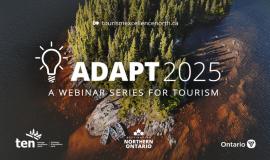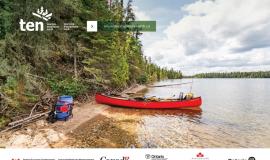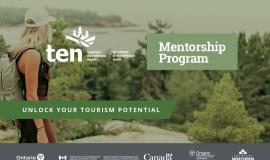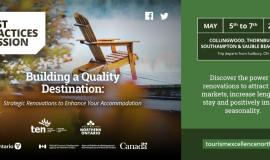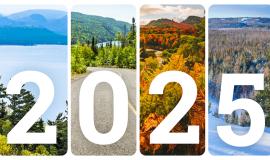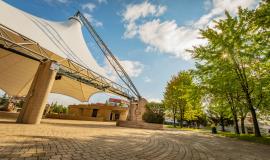
May 06, 2025
New Podcast Episode: Why Sustainable Tourism is a Workforce Solution
In Episode 7 of Let's Talk Northern Ontario Tourism, host Karen Peacock sits down with Carol Greenwood, VP of Operations and Partnerships at the Tourism Industry Association of Ontario (TIAO). They start with a discussion on TIAO's advocacy role and the key issues it’s rais...





